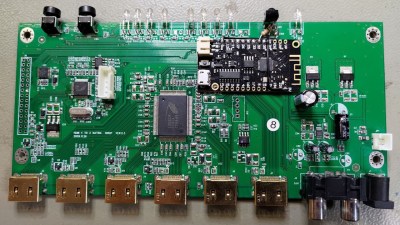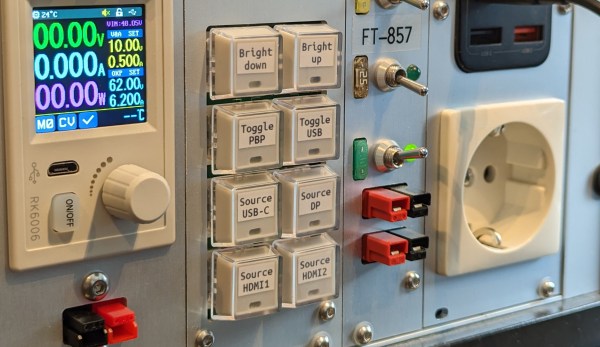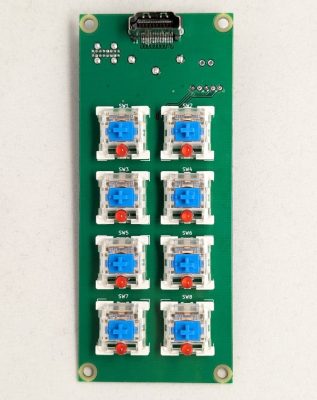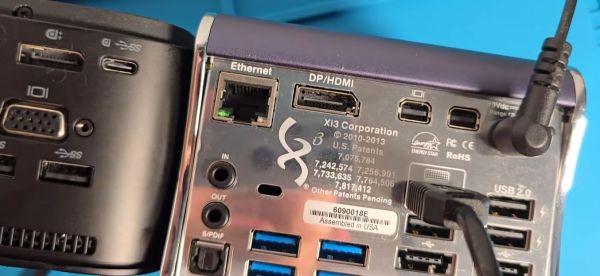The quality of available video production equipment has increased hugely as digital video and then high-definition equipment have entered the market. But there are still some components which are expensive, one of which is a decent quality HD wireless monitor. Along comes [FuzzyLogic] with a solution, in the form of an external monitor for a laptop, driven by a wireless HDMI extender.
In one sense this project involves plugging in a series of components and simply using them for their intended purpose, however it’s more than that in that it involves some rather useful 3D printed parts to make a truly portable wireless monitor, as well as saving the rest of us the gamble of buying wireless HDMI extender without knowing whether it would deliver.
He initially tried an HDMI-to-USB dongle and a streaming Raspberry Pi, however the latency was far too high to be useful. The extender does have a small delay, but not so bad as to be unusable. The whole including the monitor can be powered from a large USB power bank, answering one of our questions. All the files can be downloaded from Printables should you wish to follow the same path, and meanwhile there’s a video with the details below the break.
Continue reading “A Wireless Monitor Without Breaking The Bank”




















